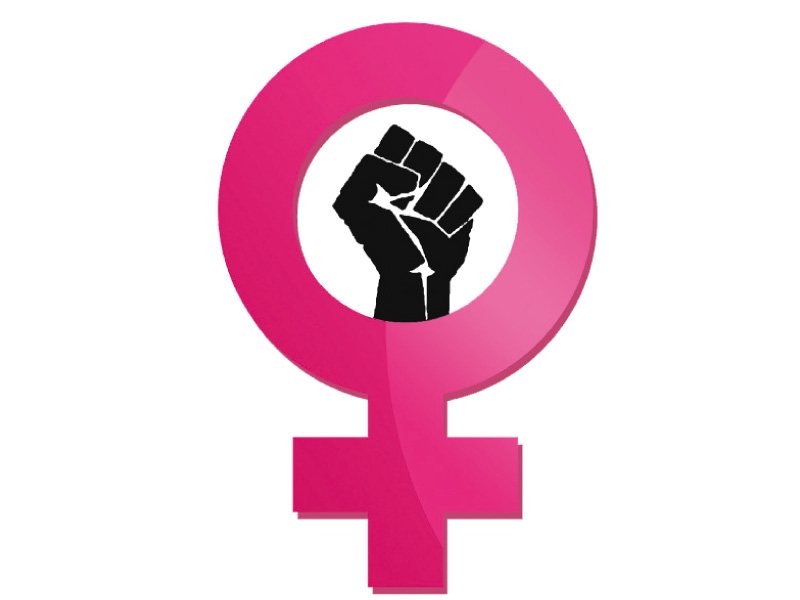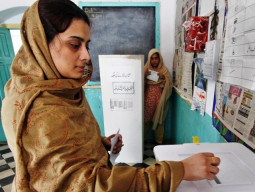
The rate of domestic violence has gone down and women are given more say in the decision-making process in the rural areas after the Sindh government introduced a scheme in 2008 to distribute land among landless women peasants.
Revealing studies conducted in three districts - Thatta, Benazirabad and Sukkur - Shirkat Gah’s Hooria Hayat Khan said that the research, ‘Where there is land, there is hope’, aimed to identify the procedural aspects and impacts of land distribution among landless women.
“We get more respect. The people call us Zamindarnis,” said Khan, quoting the beneficiaries of the scheme. “The assets help get rid of poverty. The husbands don’t torture the women as they are involved in the decision-making process.”
The Sindh government has distributed lands among 6,000 landless women in 17 districts under the scheme’s two phases. “They are given lands but the control of the property is with their men,” she revealed.
Khan said the research showed that in some cases, women were even given barren lands. Some of the lands were also under the control of landlords. She stressed that the support package of Rs58,000, given in two installments, was not sufficient for the poor women. “It should be reconsidered,” she demanded.
“The procedure to allot lands was simple but there was a gap between the revenue department and the beneficiaries,” Khan pointed out, adding that women were not directly involved in the logistics as they were handled by the men. She said that women should be involved in all stages of the procedure to learn more about their rights.
The women, according to the procedure, could not transfer or sell the land for 15 years. Khan suggested that women officials at revenue offices could bring positive changes during the procedures. She praised the proceedings of the Khuli Kachehri through which the allotments were made, adding that “men are dealing with all matters and only 10 cases were found where women were involved.”
According to speaker, Fareeda Saeed, the Sindh government has taken a positive step for ensuring the basic rights of women by introducing the scheme.
“These women need to be trained now,” suggested Hameeda Kaleem. She said, when she interviewed women, they informed her that they would eventually hand over their lands to their sons.
She suggested that the revenue officials, in the third phase, which is unannounced, should allot quality lands to the women. Kaleem feared that lands in some areas were under the control of landlords. She further revealed that in some cases, the women did not even know that they had been allotted lands by the government.
Muttahida Qaumi Movement’s lawmaker Heer Soho said almost 70 per cent of women in Sindh work on lands. Another lawmaker of the MQM, Naheed Begum, said that the party will move a land reform bill in the National Assembly again.
Sikandar Brohi, a participant, shared that about 30 per cent women were facing litigation and occupational problems. “There are 2,000 such cases,” claimed Brohi. He said that he was supporting 150 cases, adding that 80 of them had been resolved through the courts. “Landlords have occupied the allotted lands in Thatta and Sajawal districts,” he claimed.
Published in The Express Tribune, December 15th, 2013.
COMMENTS (1)
Comments are moderated and generally will be posted if they are on-topic and not abusive.
For more information, please see our Comments FAQ


















1714034954-0/WhatsApp-Image-2024-04-25-at-1-48-04-PM-(1)1714034954-0-270x192.webp)



















Marie Antoinette does not have monopoly over hare, it's brain and ideas; she is in tough competition with modern day Pakistani Ranis and Rajas in Sindh government and Sharif family (Nawaz, Shahabzaz, Mariam et al.)